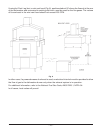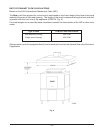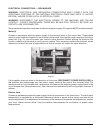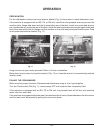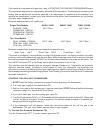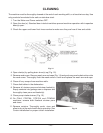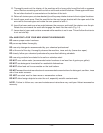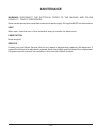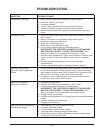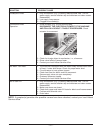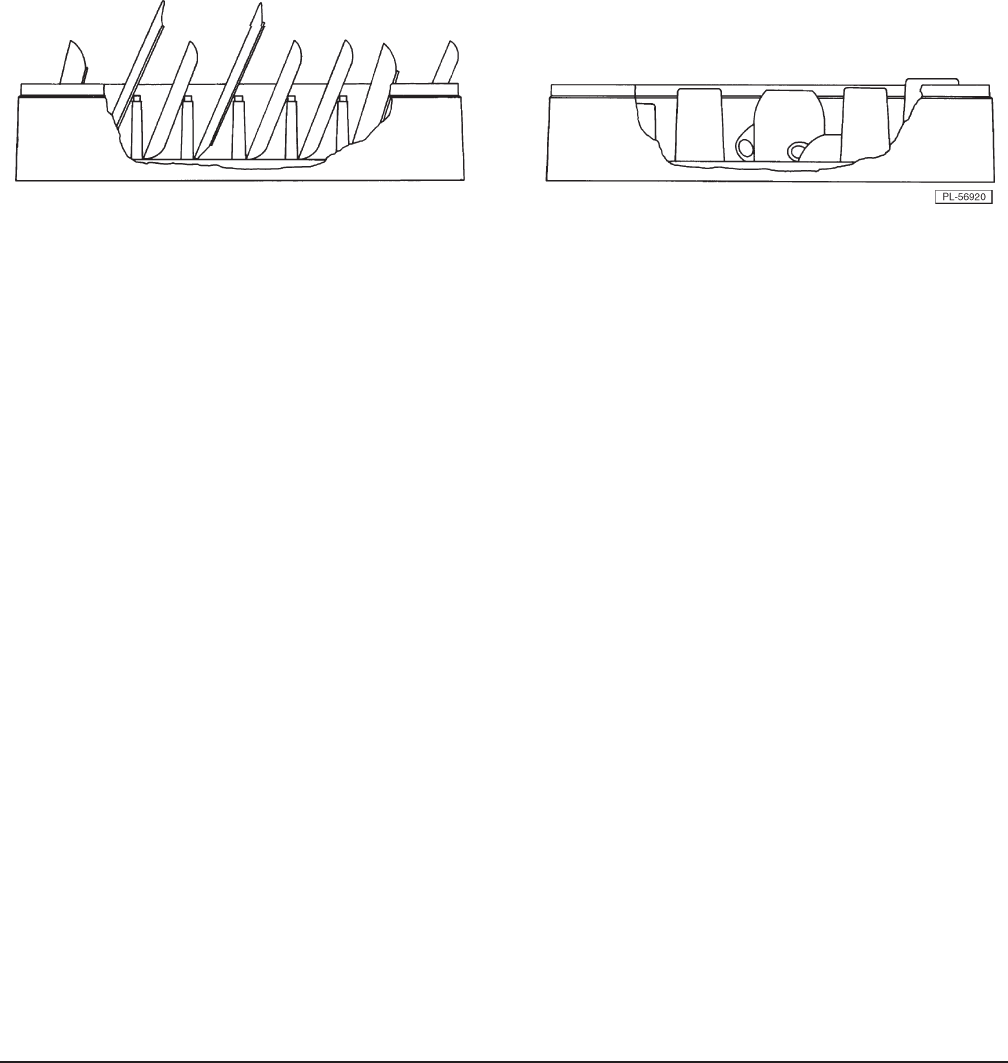
– 22 –
DISHWASHING
After the machine has filled, start pumps by pushing the Motor switch ON (Fig.1).
Prescrap dishes thoroughly to remove large food particles and debris. Never use steel wool on ware
that is to be loaded into the dishwasher.
Stack dishes in the racks. Do not stack dishes one on top of another, as water must have free access
to both sides of every dish. Stand plates and dishes up edgewise as shown in Fig. 13. Cups, glasses
and bowls should be inverted in open-type or compartment-type rack as shown in Fig. 13. Silverware
and other small pieces may be scattered loosely over the bottom of a flat-bottom rack.
Do not allow foreign objects to enter the unit, especially metallic contaminants.
Fig. 13
When one rack has been loaded, slide it into the machine and start loading another. The operation of
the dishwasher is automatic. Each rack moves through the prewash, wash and rinse zones, then out
onto the clean dish table. The rinse lever is actuated by the dish rack and automatically shuts off the
final rinse water when no rack is in the rinse zone.
Allow dishes to drain and air-dry before removing from rack.
Machines equipped with the optional conveyor dwell feature will allow you to stop the conveyor in order
to wash heavily soiled dishes for a longer time. When the dish rack reaches the wash chamber, turn
the Conveyor switch OFF to stop the conveyor. To start the conveyor again, turn the Conveyor switch
ON.
An overload mechanism is provided that will shut off the conveyor drive motor, should the racks jam
or the load become excessive. After the jam is cleared, push the Motor switch ON to restart the
dishwasher.





